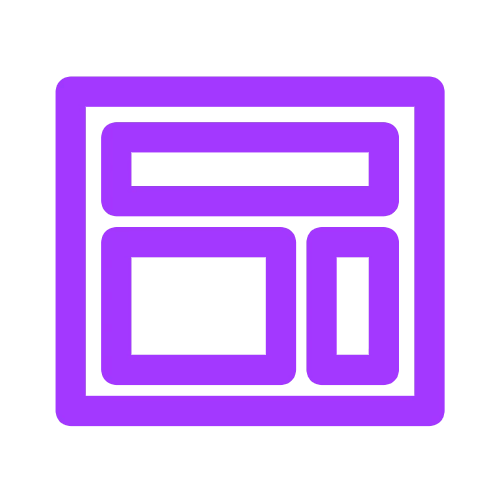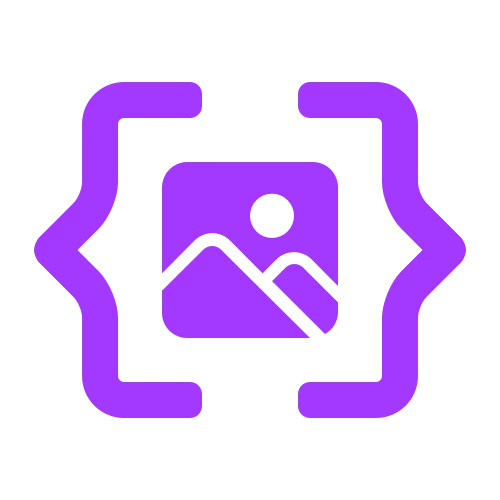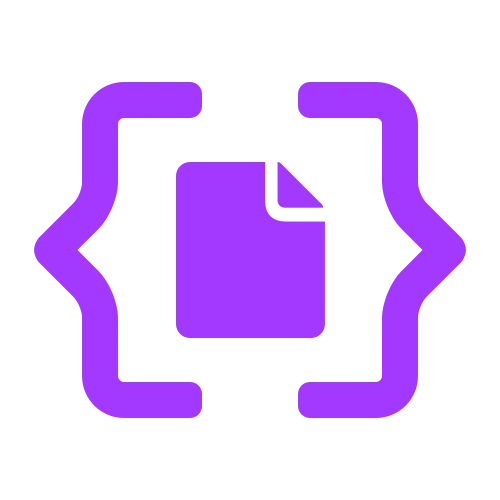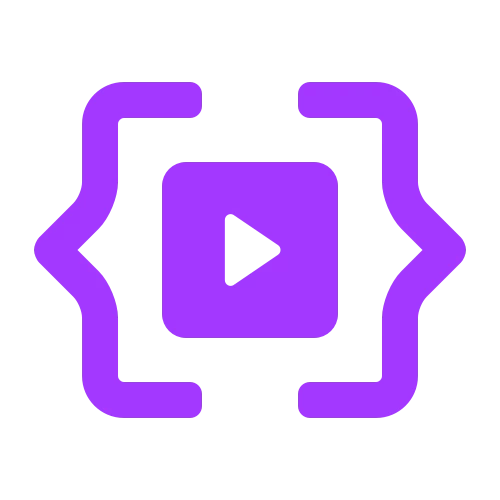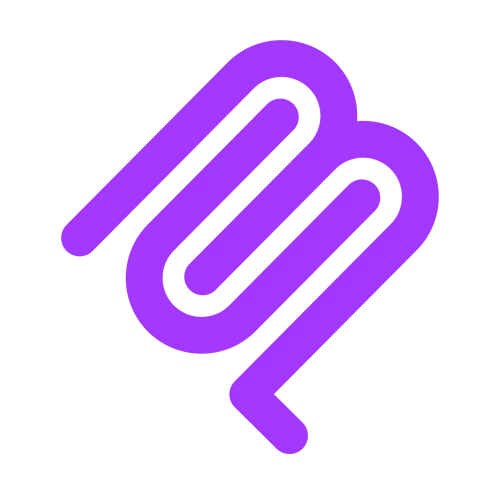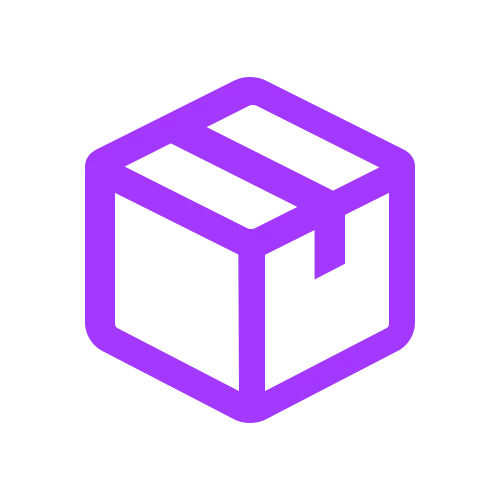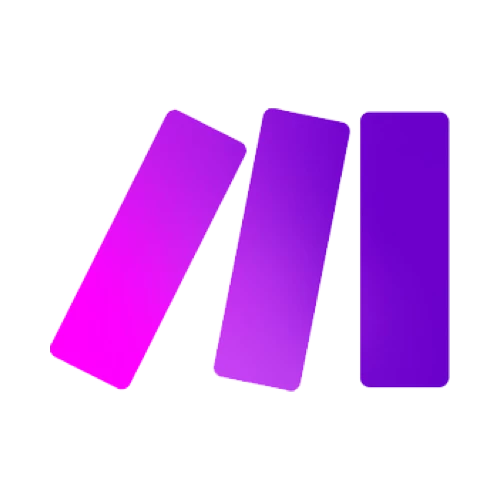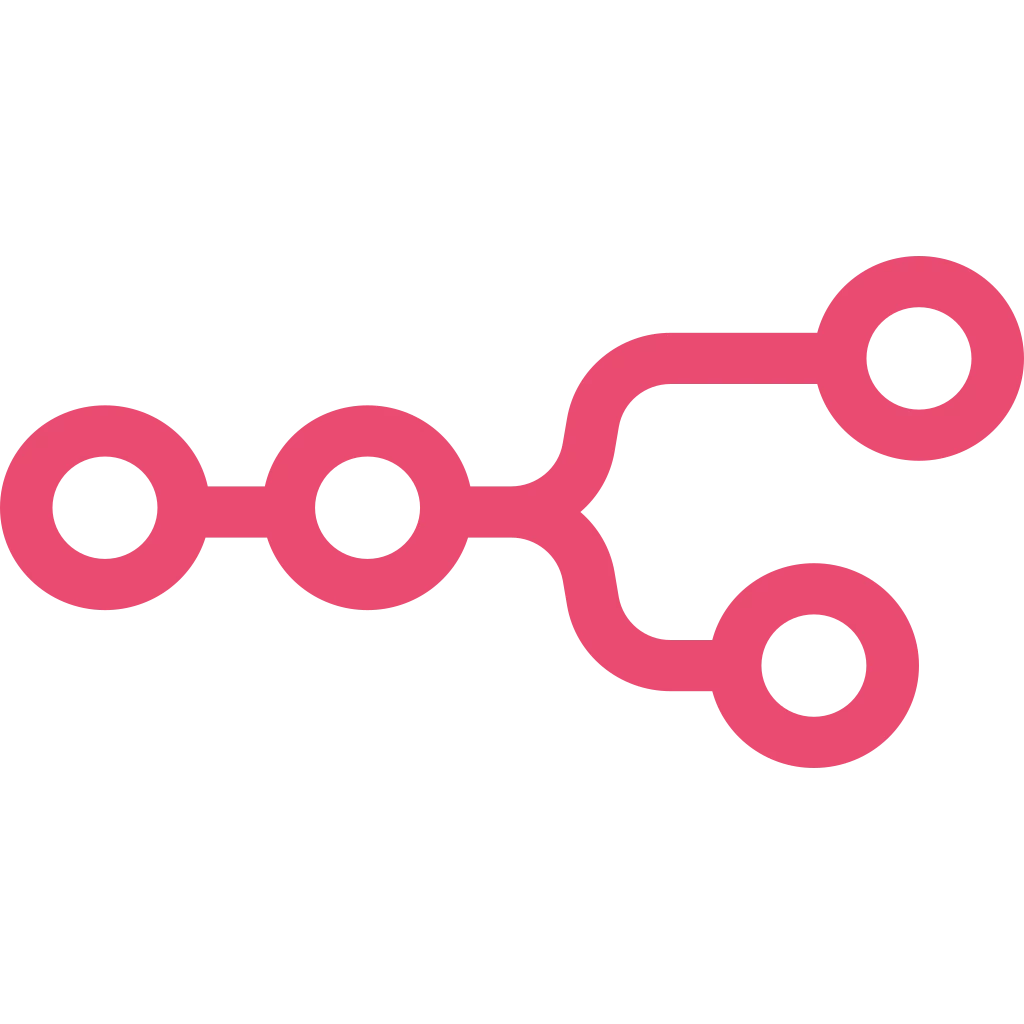Hey there 👋 We heard you need some help setting up Placid + n8n?
Here are all infos and a complete walkthrough to help you get your creative automation up and running. If you run into troubles and need extra support,
What can I do with the Placid n8n integration?
You can generate images, PDFs and videos with Placid in your n8n workflow automations. In an n8n workflow, you can use data from other apps (like Airtable, Typeform, AI services etc.) and fill them into dynamic layers of Placid templates.
Add the n8n integration to your Placid project
First, set up a Placid project with an n8n integration. Create a new project in Placid, or add the integration to an existing one in the Project Settings.
Create a template
Next, you will need a template for your images, PDFs or videos. A template is a bit like cloze text: You define the basic layout, and decide which elements should be filled dynamically with content during your n8n workflows.
You can flexibly decide which type of creative you want to generate from your template later: All templates support image, PDF and video generation.
The template below could be filled with a product title, a price and an image, fetched from e-commerce services like Shopify or Magento. The product visual could also be a video! You're completely free to create custom templates that fit your data.
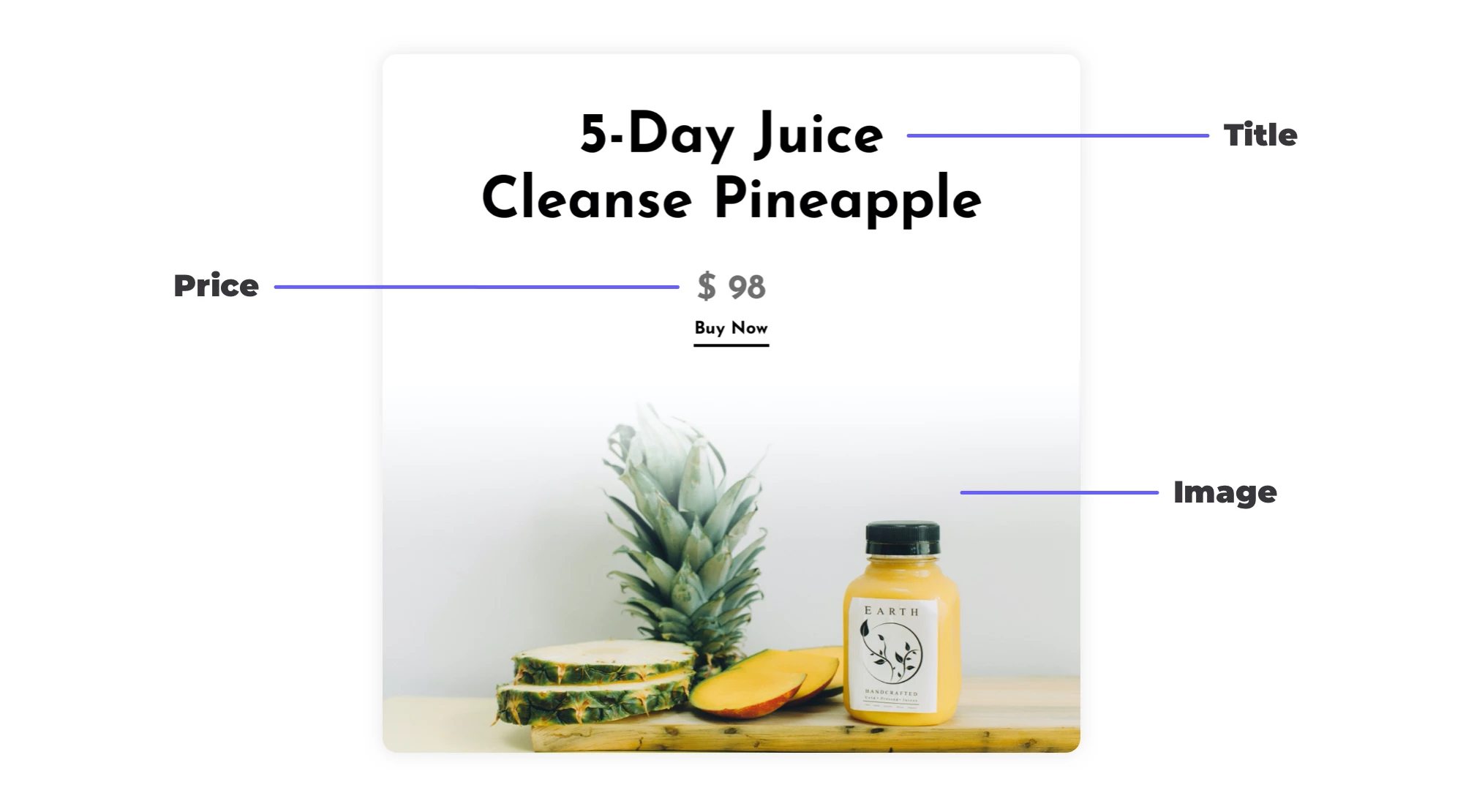
Create templates in the Templates tab of your Placid project and customize them with our drag & drop editor to fit your project’s brand.
Tips:
- Define meaningful layer names
- Uncheck the option Element is dynamic in the layer settings if that layer will not contain dynamic content (e.g. your logo) to "lock" them
- Fill your layers with meaningful defaults, because these will be the fallbacks if your n8n workflow does not send any values
Video templates
If you're designing a template for video creation, there are some additional things you should know about. You might want to read our dynamic video guide to learn more about how to set it up.
There are different ways to generate videos with your templates:
- Fill a picture layer with a video file
- Generate videos with layer animations (using the animation settings in the editor)
- Fill a text or picture layer with multiple values so the video will transition through them (for example like a slideshow with multiple photos)
- Combine clips from different templates (e.g. for intros or outros)
You can find some dynamic video examples in our guide to show you demos of these use cases.
Create a Placid n8n workflow
The n8n Placid node needs to receive data (e.g. text or images) from other apps to generate your images, videos or PDFs. Create a new workflow in n8n and decide where your data for the generated creatives will come from: From a Google sheet? From a Typeform? From Slack?
You will have to prepare an n8n node of your choice that holds your data.
Check n8n's workflow templates or integrations list to see which other apps from your stack are supported. If you need help with the workflow setup, you can also
Install the Placid n8n community node
n8n Cloud
If you are using the hosted cloud version of n8n, you can install the verified Placid community node directly in the nodes panel of your canvas while adding a node to your workflow. Search for Placid and select install.
Read a detailed description of how to install verified community nodes in n8n's docs!
Self-hosted n8n version
If you want to add the node via the GUI, go to Settings > Community Nodes. To install the Placid node, type the npm Package name n8n-nodes-placid and click Install.

Alternatively, you can install it manually from the command line using npm i n8n-nodes-placid.
Read detailed descriptions on how to install and manage community node in n8n's docs!
Add a Placid node to your workflow
When you have your data ready to use and Placid installed, add a Placid node to your workflow.
The node needs to be authenticated with your Placid API key first. Add a new authentication credential and grab the key from the API Token tab in the left menu of your n8n project in Placid.

Choose your operation
You will have to choose if you want to run Image, PDF, Video, Template or Other operations:
Image Operations
Create Image- Generate images from Placid templates with dynamic dataGet Image- Retrieve image information and download URLsDelete Image- Delete generated images from your Placid account
PDF Operations
Create PDF- Generate PDFs from Placid templates with dynamic dataGet PDF- Retrieve PDF information and download URLsDelete PDF- Delete generated PDFs from your Placid account
Video Operations
Create Video- Generate videos from Placid templates with support for multiple clips and audioGet Video- Retrieve video information and download URLsDelete Video- Delete generated videos from your Placid account
Template Operations
Create Template- Create new Placid templatesGet Template- Retrieve a specific template by IDGet Many Templates- List all templates with optional filteringUpdate Template- Update existing template propertiesDelete Template- Delete templates from your Placid account
Other Operations
Upload Media- Upload media files to Placid storage for use in templates
In this starter guide, we will focus on the Create operations, as the use cases for the other actions are more advanced.
Generate Creatives
If you want to generate an image, PDF or video, you will first have to choose a template from the Template dropdown. Then you will have to map your input data to the template layers.
There are two configuration modes available: Simple (UI-based) or Advanced (JSON-based).
Simple Configuration
Using the Choose... button, you can add one or more layers you want to customize with data from your workflow. Choose the Layer Name from the dropdown to automatically get a list of Properties that you can customize.
Use the input data variables from your previous workflow steps to map them to the layer content or properties. You can fill text values into text layers, rating values into rating layers, images or videos into picture layers etc. There are also options to change colors or hide a layer. In a Create Video operation you can map multiple text or image values to a layer.

Advanced Configuration
With the advanced configuration option, you can customize the layers via a JSON object, just like you would use the Placid REST API. Please refer to the API docs for the image, PDF and video API endpoints to see how the payload is constructed.

To create videos and PDFs via a JSON object, please note that you will have to include the template UUID directly in the payload. That's because you can generate videos with multiple video clips, and PDFs with multiple document pages that all use different templates.

You can of course also use input data variables from previous workflow nodes within the JSON payload.
Test your workflow
Once you mapped data to the layers of your Placid template, you should already be able to test your workflow using the Test Workflow button.
The processed output of the Placid node will be an image ID / PDF ID / video ID and an image URL / PDF URL / video URL that you can use in further steps of your workflow. You can also see all of the creatives that Placid generated in the Log tabs in the left menu of your project in Placid.
Complete your workflow
Now that your creatives are generated, you just need to decide what you want to do with them in the next step(s) of your workflow – the files and file URLs will be available in your input data.
Complete your workflow with another node of your choice!
We always love to see what creative workflows our customers come up with. Don't hesitate to share with us

